Local Bright Spot
The “And (Not Or) Culture”
For nearly 15 years, Ho‘oulu ‘Āina has addressed the health needs of Kalihi Valley and beyond by stewarding a 100-acre upland forest in the back of the valley. Through its four program areas—restoration of the preserve’s ancient sites and sacred places, agroforestry and reforestation, volunteer work days and community gardening—the community and the land find healing together.
Here, an interview with Puni Jackson, director of Ho‘oulu ‘Āina, a service of Kōkua Kalihi Valley.
[Edited for brevity and clarity.]
Q. How does Ho‘oulu ‘Āina approach health and well-being for community?
A. We have a saying: ‘o ka hā o ka ‘āina ke ola o ka po‘e, which translates to, “The breath of the land is the life of the people.” It’s the idea that the land can be healthy if the people are healthy, and the people can be healthy if the land is healthy. By connecting with the land, you can make the spirit, the mind, the body healed, and in the process, the land is also healed.
Q. What does it mean to work as an “And”, “Not Or” culture?
A. This principle is about expansion. Many in our society are conditioned toward a commitment to barriers, looking for why things can’t be a certain way. An “And Culture” means that I have room for opposing views and opinions, and everything in between. It means there is more than one way—and sometimes 1,000 ways—of doing something. A culture of “and” creates an opportunity for listening, watching, learning, experimenting, and growing our understandings together. This requires humility, because as our elder, Uncle Martin Hee says, “Only the humble can learn.”
Q. One of your guiding principles is to listen to the land and allow the land to guide the work. What does that process look like?
A. This process requires us to trust ourselves and to trust one another to find stories in the unfolding of land and community—and to know and develop our own gifts. We follow the moon cycle and weather systems. We harvest when the plants communicate readiness, and we listen for the learning opportunities in our community. We grow at the rate that our investment of time allows, and we contract out those investments when we run the risk of depletion of time, space, human spirit, and resource. We are vulnerable to the teaching of the land and the ancestors, and we are passionate about our endeavors toward resilience. We fail and learn and learn and fail. All of this requires deep listening and commitment. Listening to the land means being nimble in planning and flexible in executing. It means being ready with all of the tools you have at any breeze or storm. It means that we are committed to the application of humans being of servitude to the land.
Q. What would you like more people to have knowledge or awareness of?
A. Aloha is a basic value that everyone can come home to. This approach can heal so much in our community. Aloha connects us to each other and to this land. Aloha is not only a soft and romantic feeling you have toward a loved one, it is also the deep, fierce feeling you have about a place that you would give your life for—in a second.




